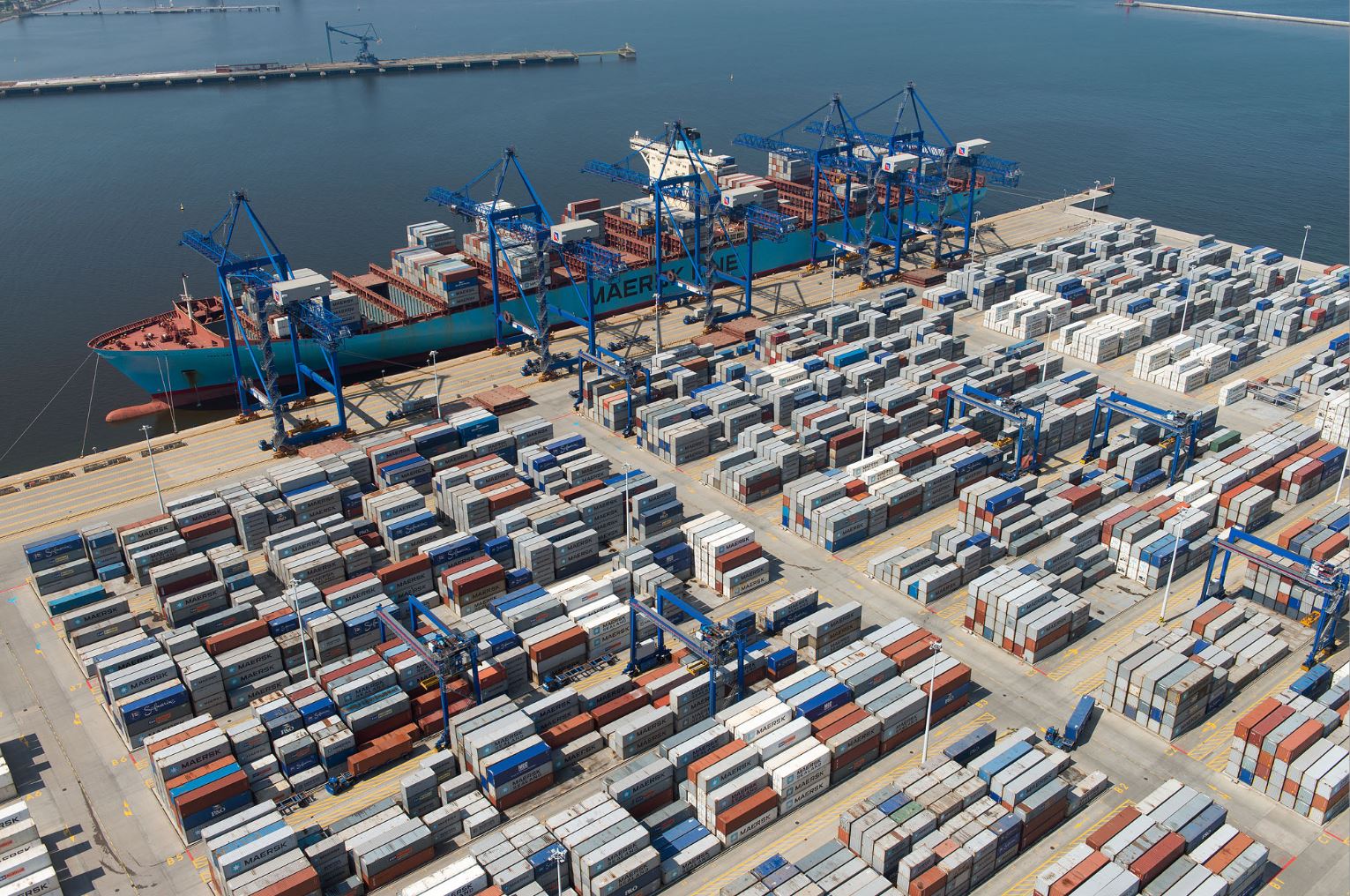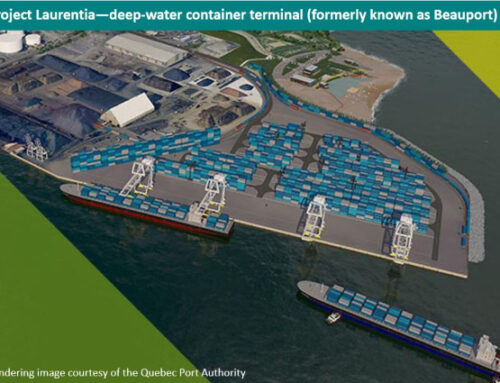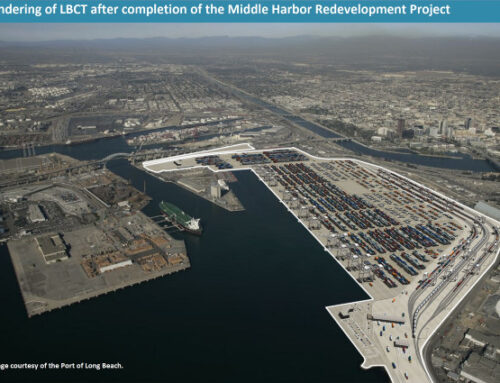When it commenced operations in Jun 1, 2007, the Polish Deepwater Container Terminal (DCT) Gdańsk specialized in handling feeder ships. With deep water and modern facilities in a geographically advantaged position in the Baltic Sea, however, DCT Gdańsk was able to attract direct services sailing from Asia, which has been one of the key drivers that allowed it to become a Baltic hub and one of the fastest growing terminals in the world.
DCT Gdańsk has had uninterrupted weekly calls of container vessels with a capacity of 8,000 TEUs from the Far East since January 2010. In 2011, the terminal began to handle E class container ships with a capacity of 15,500 TEU, and in 2013, Triple-E class container ships with a capacity of 18,000 TEU from Maersk. In January 2015, a new quay doubled the annual throughput capacity. Today, DCT Gdańsk is able to handle the world’s largest container ships, with a capacity exceeding 20,000 TEU. In 2017, the terminal handled 1,579,123 TEUs. DCT Gdansk’s 2017 EBITDA totaled around EUR 60m and forecast year-end 2018 EBITDA is EUR 70m. Its key customers include Maersk, MSC, COSCO Shipping, Evergreen Line, CMA CGM, and OOCL.
Macquarie owns a 63.8% stake of DCT Gdańsk via its Global Infrastructure Fund II (GIF II). Some media outlets (here, here, and here) report that Macquarie’s GIF II, which is in divestment mode, is likely to sell alongside DCT’s other shareholders, MTAA Superannuation Fund (18%), Statewide Superannuation Fund (9%), and Westscheme Fund (9%). The GIF II targets pre-tax IRRs of 15%.
Mercator advised Macquarie with respect to its initial investment in the greenfield DCT project in 2005.




